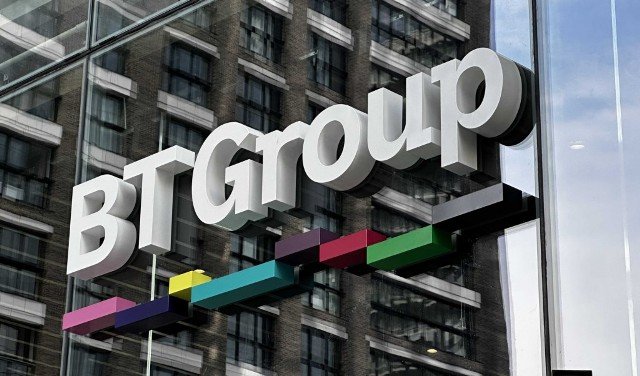BT Group said revenue decreased by 3 percent to £10.1 billion, primarily due to non-UK business challenges, lower CPI benefits, and a competitive consumer market.

BT’s revenue from was Consumer was £2.437 billion (down 2 percent).
BT’s revenue from Business was £1.932 billion (down 7 percent)
BT’s revenue from Openreach was £1.560 billion (up 2 percent)
BT’s Capex fell by 2 percent to £2.3 billion, reflecting a decrease in network spend despite increased FTTP build driven by cost efficiencies.
BT Group’s Net Promoter Score (NPS) rose to 25.6, a 3.1-point improvement year-over-year, reflecting ongoing enhancements to the customer experience.
BT CEO Allison Kirkby said: “We have accelerated the modernisation of BT in the first half. We’ve ramped up our fibre build and connections, seen improvements in customer satisfaction, and our cost transformation contributed to growth in EBITDA.”
BT has achieved a record fiber build rate, reaching 2.1 million premises in the first half, with FTTP now covering around 16 million premises (about half of the UK) as of October. BT has raised its build target for FY25 to 4.2 million and remain on track to hit 25 million by December 2026.
Openreach has recorded a high demand for FTTP, adding 446,000 net connections in Q2, bringing total connections to 5.5 million with a strong uptake rate of 35 percent. Increased FTTP adoption has contributed to a decrease in repair volumes and supported margin and EBITDA growth.
Openreach’s broadband ARPU (Average Revenue Per User) grew by 6 percent to £16, attributed to higher FTTP adoption and faster speed options. Broadband line losses stood at 377,000 in H1, a 2 percent base decline, reflecting competitive pressure and a softer housing market.
BT’s retail FTTP base increased by 35 percent year-over-year to 3 million users, with the 5G base growing by 25 percent to reach 12.5 million. Consumer broadband declined slightly to 8.2 million users, but ARPUs remained stable.
BT achieved £433 million in annualized cost savings in the first half of FY25, with a workforce reduction of 2,000 employees, down 4 percent.
Baburajan Kizhakedath
